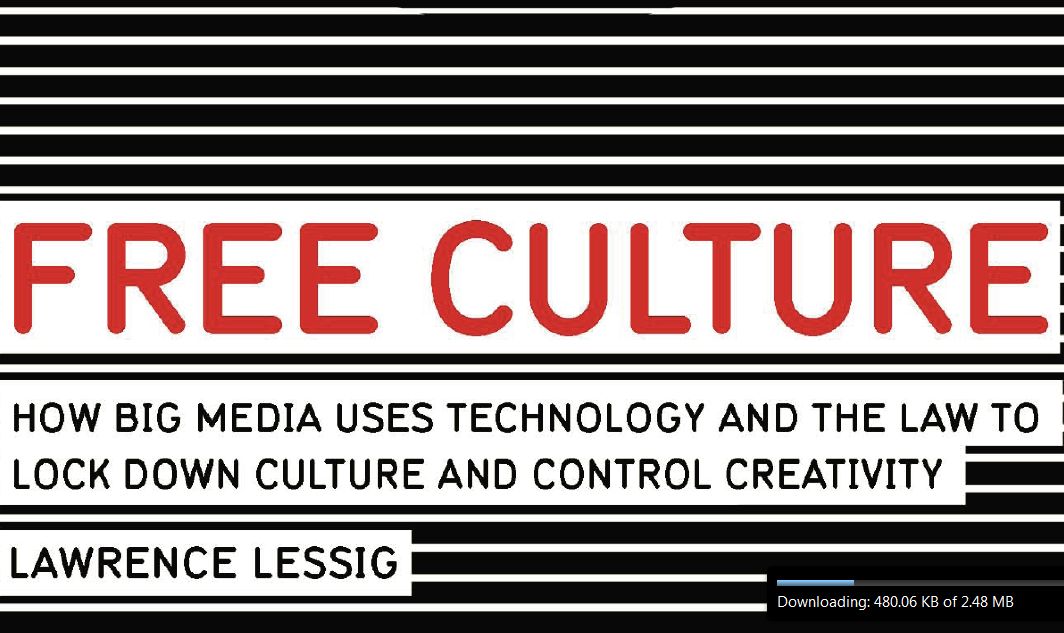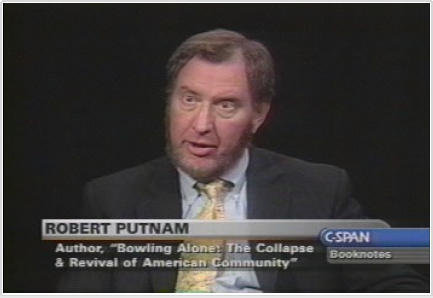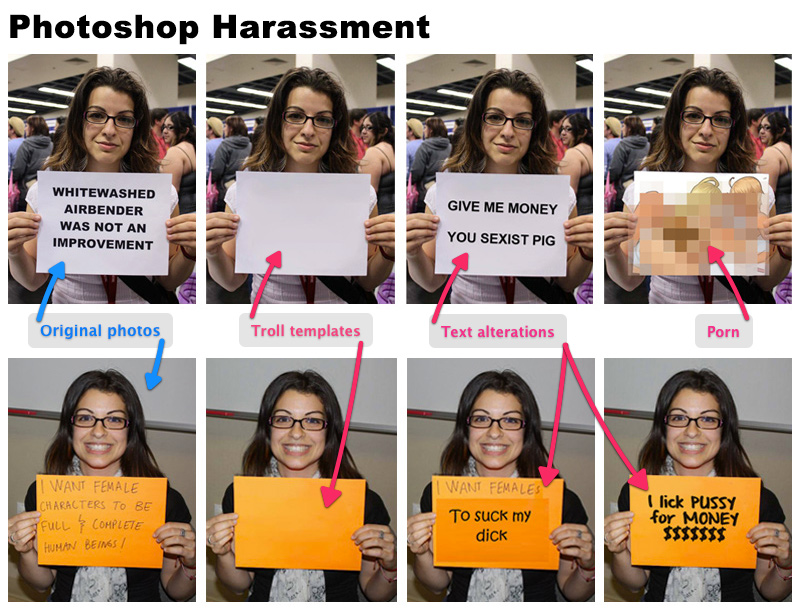Lately I have been thinking a lot about the term Digital Citizens. That term is typically used to talk about how people in the real world are learning to incorporate technology into their lives in order to engage in social, community and political activities and efforts. Avenues for this participation include social networks like Facebook, blogs and microblogs such as this site and Twitter, and crowdsourcing efforts such as Wikipedia. Governments are even trying to capitalize and encourage this effort by opening up big data for individuals and organizations to analyze. FoldIT for Playstation leverages Playstation gamer’s skills in protein folding, and this collaborative, competitive environment has resulted in some remarkable scientific insights.
Emerging now is a further extension of this idea, “The Good Digital Citizen”. Now that so many competently and confidently use these tools, there are concerns that people need to learn how to use them responsibly. For example, CommonSenseMedia.org lists tips for teaching children how to be good digital citizens which includes things like thinking about what you say before you write it, and there is a specific focus on how to engage with others respectfully, i.e. stop bullying. And Google is now supporting these kinds of efforts with their own supplementary classroom materials. There is some real merit to these ideas-it used to take a lot more effort to publicly say something mean, snarky or just plain stupid, and texting while driving is a habit that needs to be squashed. And, there is a lot of discussion now about harassment of female gamers in the gaming community and what we can do to make that social enterprise more open and friendly to what is fast becoming its largest constituency.
 But there are also some real concerns about trying to codify a particular path to “good” or “proper” digital engagement, and who exactly is considered qualified to evaluate our digital habits and their worth. Putnam’s 2000 Bowling Alone was used for years as proof that media was leading to a decline in civic engagement and a loss of social capital. More recently, Constance Steinkuehler and others have begun to punch holes in that thinking, arguing that this perceived loss really only applies to passive media and that online networks and collaborative environments such as Second Life, World of Warcraft and Minecraft represent the new “bowling alley” or third place where social capital is gained, cultivated and used. Of course, building social capital with those half way around the world won’t necessarily help you keep your local streets clean, but I think that there are lots of efforts now targeting this kind of technologically enabled local network.
But there are also some real concerns about trying to codify a particular path to “good” or “proper” digital engagement, and who exactly is considered qualified to evaluate our digital habits and their worth. Putnam’s 2000 Bowling Alone was used for years as proof that media was leading to a decline in civic engagement and a loss of social capital. More recently, Constance Steinkuehler and others have begun to punch holes in that thinking, arguing that this perceived loss really only applies to passive media and that online networks and collaborative environments such as Second Life, World of Warcraft and Minecraft represent the new “bowling alley” or third place where social capital is gained, cultivated and used. Of course, building social capital with those half way around the world won’t necessarily help you keep your local streets clean, but I think that there are lots of efforts now targeting this kind of technologically enabled local network.
 I recently was reading Sherry Turkle’s Alone Together and she discusses the death of our personal engagement with others. She tells the story of a mother, waiting to meet a prospective nanny, walking into the girl’s apartment and asking a roommate of the prospective nanny to tell her that she has arrived. The roommate responds by texting the prospective nanny (Turkle details that the roommate has splints on her thumbs and we are to assume that this is from her excessive texting) even though the prospective nanny is only in the next room. When the mother asks the roommate why she does not just knock on the door, the roommate is shocked, stating that this would be intrusive. Although Turkle is a great author and many of her points are valid, my concern with this kind of argument about our relationship with technology and what it is doing to our relationships with others and our community is that it is reactionary rather than contemplative: it relies on what I like to call a “Why, I never!” argument-we are just supposed to KNOW that this is wrong. And, it forgets that every new technology brings changes to how we engage with others. I am certain that before the telephone it might be normal to come over to a house unannounced, while I know that I was always taught as a child to call before you come over. So, what is the next step? How do we encourage good citizen practices without stifling emerging social trends? Will this all just work itself out naturally?
I recently was reading Sherry Turkle’s Alone Together and she discusses the death of our personal engagement with others. She tells the story of a mother, waiting to meet a prospective nanny, walking into the girl’s apartment and asking a roommate of the prospective nanny to tell her that she has arrived. The roommate responds by texting the prospective nanny (Turkle details that the roommate has splints on her thumbs and we are to assume that this is from her excessive texting) even though the prospective nanny is only in the next room. When the mother asks the roommate why she does not just knock on the door, the roommate is shocked, stating that this would be intrusive. Although Turkle is a great author and many of her points are valid, my concern with this kind of argument about our relationship with technology and what it is doing to our relationships with others and our community is that it is reactionary rather than contemplative: it relies on what I like to call a “Why, I never!” argument-we are just supposed to KNOW that this is wrong. And, it forgets that every new technology brings changes to how we engage with others. I am certain that before the telephone it might be normal to come over to a house unannounced, while I know that I was always taught as a child to call before you come over. So, what is the next step? How do we encourage good citizen practices without stifling emerging social trends? Will this all just work itself out naturally?
In upcoming parts of this series, I want to extend the idea of digital citizenship to cover specific technology platforms. What is the process of becoming not only a citizen of Second Life or of World of Warcraft, but a good one? What virtues and values must one cultivate, and how can those values and virtues of your digital citizenship collide and correspond with our physical world citizenships?





Reblogged this on Ironyca Stood in the Fire.
Hi Katie! Welcome to iRez!! And what a great post to get started with. You’ve really set up some of the powerful ideas of our time to discuss in this and some of your next posts.
Your words made me think of many things, among them the “It Gets Better” video series. It reminds us that the terrible specter of bullying exists both in physical space and in virtual space. It should never be tolerated, although I don’t believe that the convenient line that it’s in some way worse online and is therefore a reason to limit speech and freedom online is anything more than bullying the new media freedoms that we currently enjoy.
It’s also a nice reminder of the communities that we find and build online. If you happen to grow up gay in a major cosmopolitan center, you might still struggle with yourself or family or friends, but at least you might have access to a community of people like you.
Yet this globe has so many places where there aren’t, at least not visibly, people like you, and online is a place where you can find a community. It’s true, a globally diverse community can’t help you get a bag of groceries after the hurricane or earthquake or flood, but these virtual communities can support so many of our daily experiences.
http://youtu.be/iPg02qjL40g
Vaneeesa. I really love that you thought of this. I think that the anti-bullying campaigning is an interesting issue and is, at least tangentially, related to lots of grown up efforts these days to protect our kids from the bad stuff in this world. Yes, it is important to educate people about bullying, but I also completely agree with you that this rhetoric of “it is worse now, we have to take drastic measures” is reactionary. There is always this emphasis on the fact that “public bullying” (bullying by creating a “Bathsheba Smells Bad” website or Facebook page, for example) exposes the bullied individual. But, what I am always struck by is the fact that it also makes the bully-er more exposed. You can’t deny it by saying “oh, she misunderstood” or “Oh, she is making that up”. The transparency of it makes it clear who is being the bully-er and puts in ink what they are doing (or at least creates a real digital trail). I am also curious as to whether or not young kids are, as a whole, as freaked out by all this stuff as the adults concerned. I say right now that I am aware of the horror stories, I simply am throwing out ideas for future exploration.
Also, maybe this is just the way the world is going to be now-everything just moves a little faster and we all need to learn how to deal with that speed, to assess the quality of the content that we receive and how we want to think about/respond to it. I am reminded of an article I read recently on slate in which Katie Roiphe discusses the idea of letting your child have some time alone to “roam free” on the internet, no parental controls, no parent lurking in the corner with binoculars spying on your consumption. In Roiphe’s conversation with Microsoft researcher danah boyd, boyd pointed out that this is good for kids, because it allows them room to figure out how they want to respond to media, to critically evaluate its worth and what they do and do not want to get out of it. This will serve them better in life then simply following rules of “this is wrong, this is right”. So, maybe the best way to help shape our next generation of digitally savvy, critical thinkers is to give them room to figure it out.
Here is a link to the article:
http://www.slate.com/articles/double_x/roiphe/2012/05/kids_on_the_internet_danah_boyd_s_controversial_idea_that_kids_should_be_allowed_to_roam_free_.html
I’m glad you brought up danah boyd, she’s really a lead thinker in so much of this territory. No doubt you’re familiar with her blog, but here it is:
http://www.zephoria.org/thoughts/
Also, I’m really sorry about the “Bathsheba smells bad” page on Facebook. I’ve taken it down.
Great article!
I’ve read Steinkuehler’s paper on virtual worlds as third places and it really resonated with me. I’d recommend it to anyone.
I also agree on your description of Turkle, I remember the nanny story.
Although it was odd, I have never met anyone that would find it intrusive to knock someone’s door. When I lived at home, my mom actually had a period where she would demonstrably text me when dinner was ready. It was never something I had asked for, just her interpretation of what I would prefer. I never even used my mobile phone as much as my peers, and I still don’t.
This was a great read!